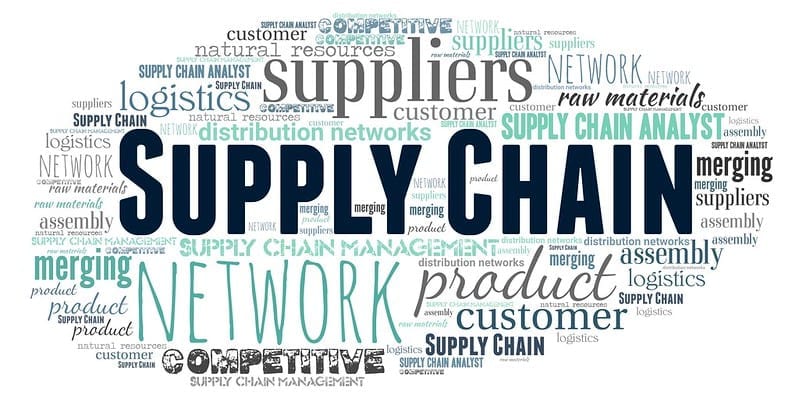
Tackling Human Trafficking in Public Procurement Supply Chains
The International Conference on Tackling Modern Slavery, Forced Labor and Human Trafficking in Public Procurement Supply Chains was a joint event of the Ethical Trading Initiative (ETI), the Government of the United Kingdom, and the OSCE Office of the Special Representative and Coordinator for Combating Trafficking in Human Beings, in partnership with the governments of Australia, Canada, New Zealand, the United States, as well as the International Labor Organization and the Organization for Economic Cooperation and Development.
Participants highlighted challenges and good practices in four high-risk sectors – construction, electronics, health supplies and general manufacturing. They shared examples of finding solutions and building networks for collaboration rather than focusing on problems. High-level discussion panels were complemented with practical workshops – enabling peers to learn from each another – and to come up with recommendations for future action.
ETI spokesperson Cindy Berman said: “Every government in the world procures goods and services. And they spend billions doing so, whether they are rich or poor countries. Governments are constantly spending money. This can be on medical supplies for health services, construction of public infrastructure, or even stationery for civil servants,” she said. “It all adds up. It is estimated that the average government spends between 12 and 24 percent of its GDP on public procurement at national and local levels.”
There’s a lesson to be learned here, added Valiant Richey, OSCE’s Acting Special Representative and Coordinator for Combating Trafficking in Human Beings. “We can actually choose on a grand scale not to buy goods or services produced by exploited labor,” he said.
International organizations, governments, public bodies, procurement professionals, regional and local governments and authorities, trades unions, civil society organizations, academics, experts, the media and multi-stakeholder organizations – all came together at the conference to contribute their expertise.
Read the full report here.
